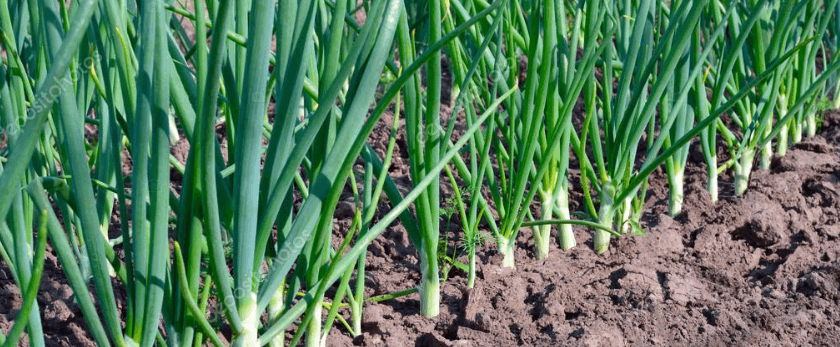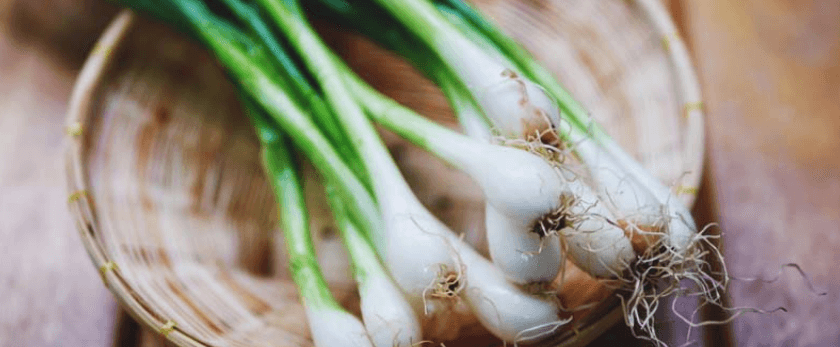Are you looking for a simple and sustainable way to add some fresh, flavorful greens to your meals? Look no further than scallions, also known as green onions. These versatile and easy-to-grow plants are a staple in many cuisines and can be grown in a variety of settings, from a small apartment balcony to a large backyard garden. In this article, we'll cover everything you need to know about growing scallions, from caring for them to common problems and the best time to grow them.
How to Care for Scallions
Scallions are a low-maintenance plant, making them perfect for beginner gardeners or those with a busy schedule. Here are some key tips for caring for your scallions:
Watering
Scallions prefer consistently moist soil, but not waterlogged. Water them deeply once or twice a week, depending on the weather and soil conditions. Make sure to water at the base of the plant, avoiding getting water on the leaves. Overwatering can lead to root rot, so it's important to monitor the soil moisture and adjust your watering schedule accordingly.
Light
Scallions thrive in full sun, but they can also tolerate partial shade. If you're growing them indoors, place them near a sunny window or use a grow light to provide them with enough light. If you're growing them outdoors, make sure to choose a spot that receives at least 6 hours of sunlight per day.
Soil
Scallions prefer well-draining, fertile soil. If you're growing them in containers, use a potting mix that is specifically formulated for vegetables. If you're growing them in the ground, make sure to amend the soil with compost or organic matter to provide the plants with the necessary nutrients.
Fertilizer
Scallions don't require much fertilizer, but you can give them a boost by using a balanced fertilizer once a month. Make sure to follow the instructions on the fertilizer package and avoid over-fertilizing, as it can lead to stunted growth and poor flavor.
Pruning
To encourage healthy growth, you can prune your scallions by snipping off the tops of the plants when they reach about 6 inches in height. This will also help to prevent the plants from becoming too top-heavy and falling over.

What is the Best Time to Grow Scallions?
Scallions can be grown year-round in most climates, but they do have a preferred growing season. In general, the best time to grow scallions is during the cooler months of spring and fall. This is because scallions are a cool-season crop and can tolerate light frosts. If you live in a warmer climate, you can still grow scallions during the summer, but you may need to provide them with some shade to protect them from the intense heat.
Common Problems with Scallions
While scallions are relatively easy to grow, they can still face some common problems. Here are a few issues you may encounter and how to address them:
- Pests: Scallions are generally pest-resistant, but they can occasionally be affected by onion thrips or onion maggots. You can prevent these pests by using row covers or insecticidal soap.
- Diseases: Scallions can be susceptible to diseases such as downy mildew and white rot. To prevent these diseases, make sure to rotate your crops and avoid planting scallions in the same spot every year.
- Bolting: Bolting is when a plant prematurely produces flowers and seeds. This can happen to scallions if they are exposed to high temperatures or if they are not harvested in a timely manner. To prevent bolting, make sure to harvest your scallions when they reach the desired size and keep them in a cool, shaded area.
Sustainable Disposal Methods for Scallion Waste
When it comes to growing scallions, it's not just about caring for the plants, but also being mindful of how we dispose of any waste. Here are some sustainable disposal methods for scallion waste:
- Composting: Scallion scraps, such as the root ends and green tops, can be composted to create nutrient-rich soil for your garden. Make sure to chop them into smaller pieces before adding them to your compost bin.
- Regrowing: Did you know that you can regrow scallions from the scraps? Simply place the root ends in a jar of water and watch them grow new shoots. You can then transplant them into soil and continue to harvest fresh scallions.
- Donating: If you have an abundance of scallions, consider donating them to a local food bank or community garden. This not only reduces food waste but also helps to provide fresh produce to those in need.
Conclusion
Growing scallions is a simple and sustainable way to add some fresh, flavorful greens to your meals. By following these tips for caring for your scallions and being mindful of sustainable disposal methods, you can enjoy a bountiful harvest of these versatile plants. So why not give it a try and start growing your own scallions today? Your taste buds and the planet will thank you.










